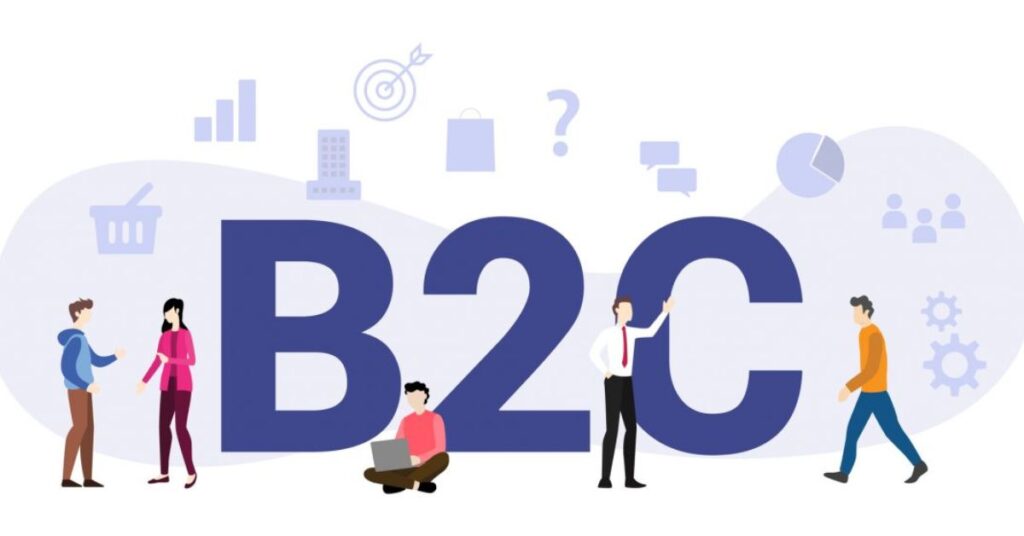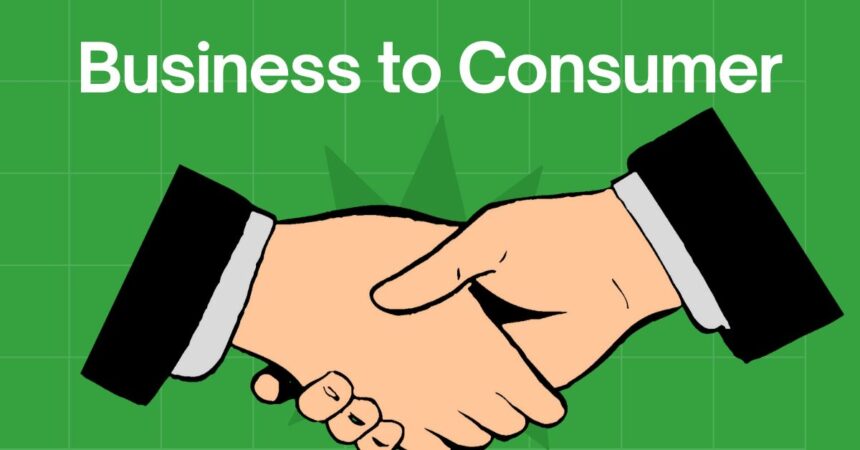B2C (Business to Consumer) refers to transactions where businesses sell products or services directly to individual customers. This model is prevalent in industries such as retail, hospitality, e-commerce, and consumer services. B2C companies focus on attracting large volumes of customers, and the sales cycle tends to be shorter, relying on marketing and advertising to drive impulse purchases.
Unlike B2B, where the purchasing decision is based on rational business needs, B2C transactions are more often influenced by emotions, personal preferences, and convenience.
Key Takeaways
- B2C involves direct transactions between businesses and individual consumers.
- The sales cycle is typically shorter compared to B2B.
- B2C relies heavily on marketing and advertising.
- Emotional appeal and convenience play a significant role in B2C sales.

How B2C Works
In B2C transactions, businesses sell directly to consumers through various channels such as physical stores, e-commerce websites, or mobile apps. For instance, Amazon sells a wide range of products directly to consumers, from electronics to books. Marketing efforts in B2C are aimed at attracting a large customer base by offering competitive pricing, convenience, and appealing promotions.
Benefits of B2C
- Fast Sales Cycle: B2C transactions typically have a quicker turnaround time than B2B.
- Wider Audience: B2C businesses target a large consumer base, which offers great scalability.
- Emotional Appeal: Marketing in B2C often taps into emotions to create a strong consumer connection.
Challenges in B2C
- Customer Retention: With high competition, retaining customers can be a challenge.
- Customer Acquisition Costs: Marketing and advertising expenses can be high to attract customers.
- Seasonal Variations: Consumer demand can fluctuate based on seasonality and trends.
Example of B2C in Action
Nike is a prime example of B2C success. The company sells athletic footwear, apparel, and equipment directly to consumers via its retail stores and e-commerce platform. Nike’s brand marketing appeals to emotional connections, such as promoting empowerment and achievement in sports, which resonates deeply with its customers.





